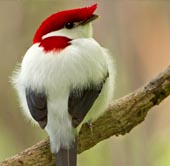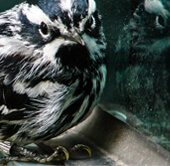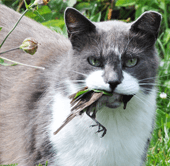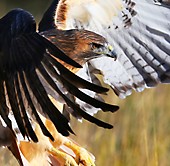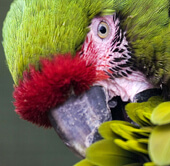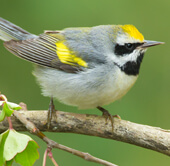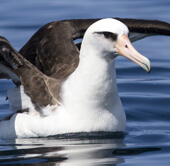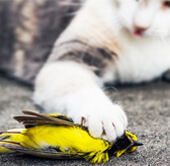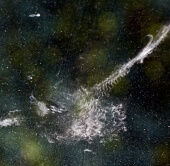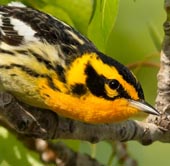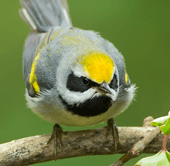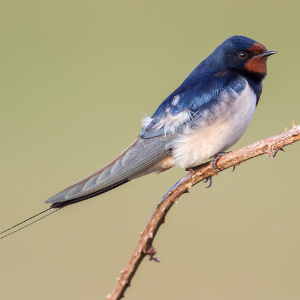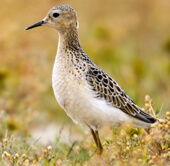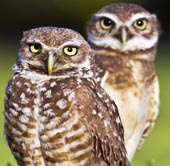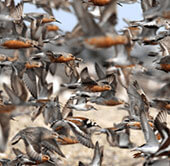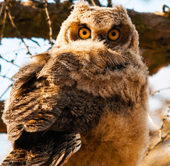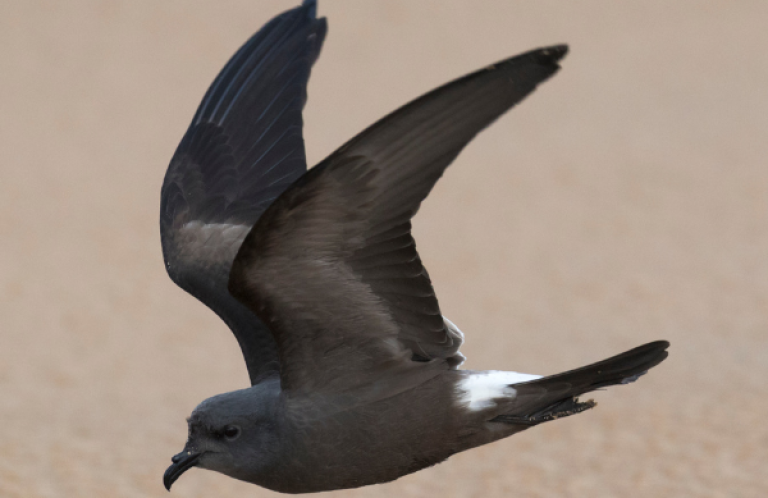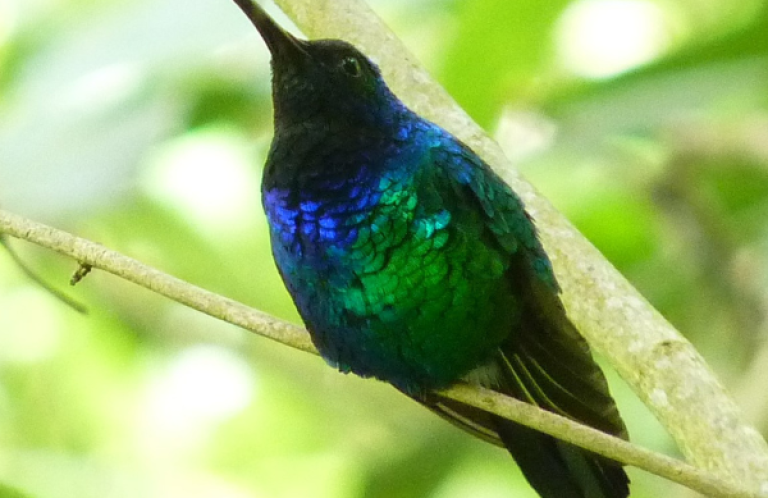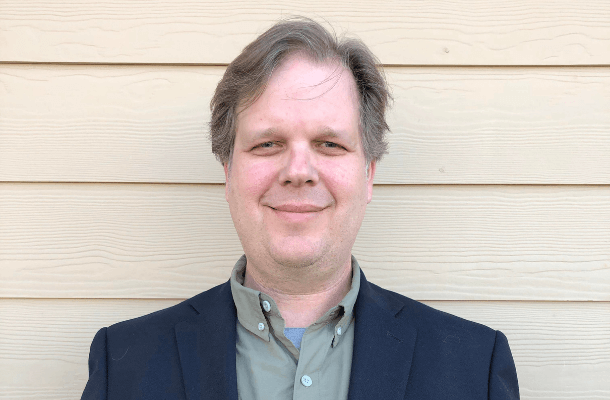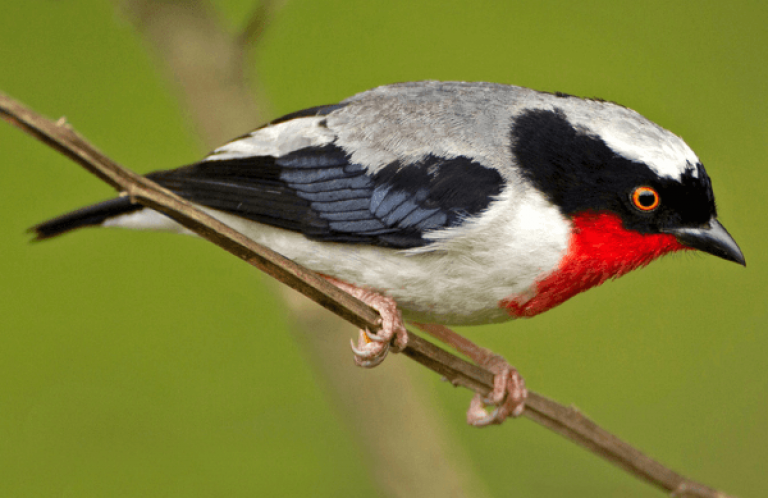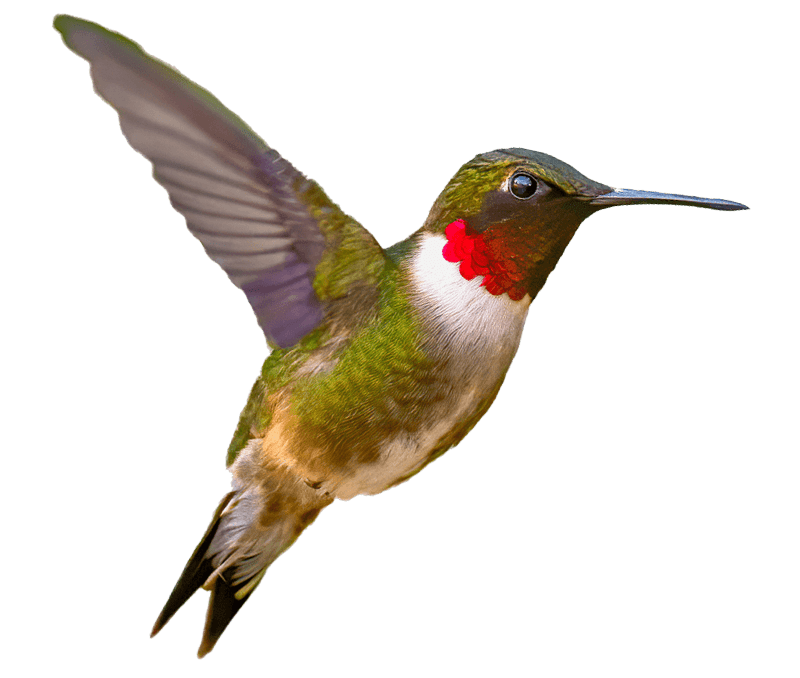Study Shows How Millions of Bird Sightings Unlock Precision Conservation
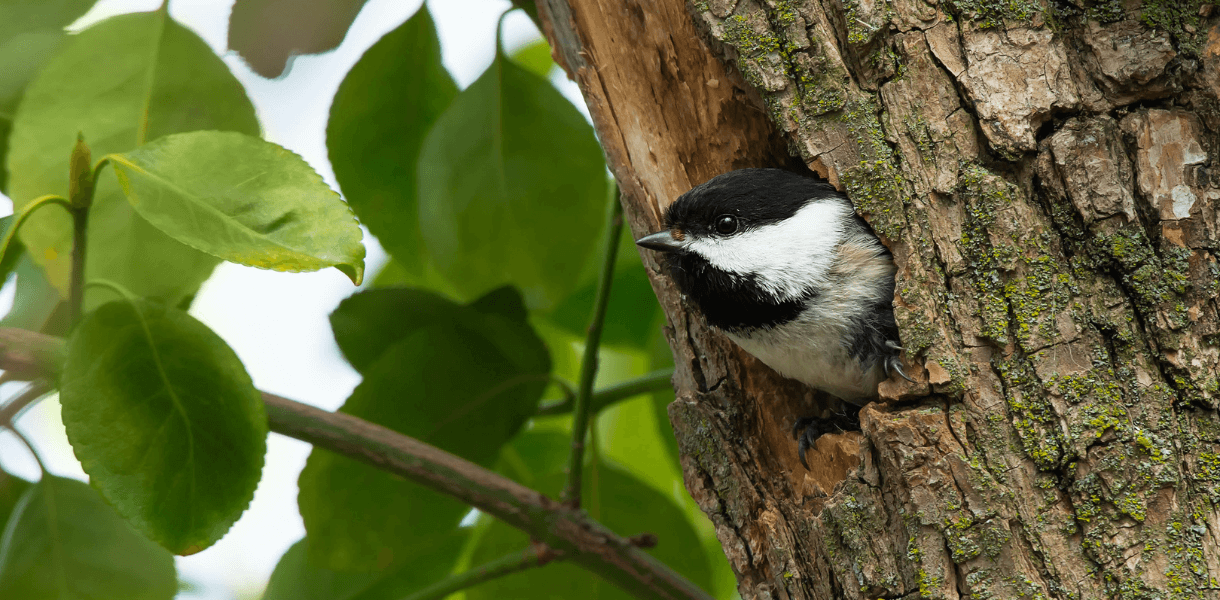
A groundbreaking study published today in Science reveals that North American bird populations are declining most severely in areas where they should be thriving.
Researchers from American Bird Conservancy and Cornell Lab of Ornithology analyzed 36 million bird observations shared by birders to the Cornell Lab's eBird program alongside multiple environmental variables derived from high-resolution satellite imagery for 495 bird species across North America from 2007 to 2021.
The team set out to develop reliable information about where birds are increasing or decreasing across North America, but the patterns they uncovered were startling.
Birds are declining most severely where they are most abundant — the very places where they should be thriving. Eighty-three percent of the species they examined are losing a larger percentage of their population where they are most abundant.
“We're not just seeing small shifts happening, we're documenting populations declining where they were once really abundant. Locations that once provided ideal habitat and climate for these species are no longer suitable. I think this is indicative of more major shifts happening for the nature that's around us,” said Alison Johnston, lead author and ecological statistician. Johnston initiated this study as a research associate at the Cornell Lab of Ornithology, and now she is a faculty member in the School of Mathematics and Statistics at the University of St. Andrews, U.K.
"The data provide unparalleled detail into the question of how birds are doing across their ranges,” said Eliot Miller, coauthor and BirdsPlus Index Manager at American Bird Conservancy. “Unfortunately, the answer is ‘not very well' for most birds, including some of our most familiar backyard friends like the Black-capped Chickadee and American Robin. Being able to understand geographic variation in these population trends will let researchers determine what causes them, and will let us better target conservation efforts towards where birds need them most."
This news follows on the heels of other recent research that documented widespread losses of birds in North America. The 2025 U.S. State of the Birds report showed bird declines in almost every biome in the nation, and a 2019 paper published in Science reported a cumulative population loss of nearly 3 billion birds in Canada and the U.S. since 1970. “The 2019 paper was telling us that we have an emergency, and now with this work we have the information needed to create an emergency response plan,” said Johnston.
This research published in Science features recent bird population trends at 27 km by 27 km scales, the smallest parcels of land ever attempted for an analysis across such a large geographic area.
“This is the first time we've had fine-scale information on population changes across such broad spatial extents and across entire ranges of species. And that provides us a better lens to understand the changes that are happening with bird populations,” said Amanda Rodewald, Faculty Director of the Center for Avian Population Studies at the Cornell Lab of Ornithology.
Previously, national and continental monitoring programs could estimate population trends only across entire ranges, regions, or states/provinces, but with advances in machine learning and the accumulation of vast amounts of data from participatory scientists, researchers can look at how well species are doing in areas about half the size of Manhattan. Some species appear to be doing well across their range or within a region, but are faring very poorly in specific locations within those regions.
“The thing that is super interesting is that for almost all species we found areas of population increases and decreases,” said Johnston. “This spatial variation in population trends has been previously invisible when looking at broader regional summaries.”
Areas where populations are increasing are the bright spots, said Johnston: “Areas where a species is now increasing [when it's had low abundance in the past] may be places where conservation has been successful and populations are recovering, or they may point to locations where there may be potential for recovery.”
Key findings from the study include:
- 83 percent of North American birds are faring worse where they are most abundant.
- Grassland and Arctic tundra birds show particularly troubling trends.
- Population decreases are not uniform across a species' range; nearly all species (97 percent) had some areas where the populations are increasing, a positive sign that can help direct conservation action.
Knowing exactly where on the landscape declines are happening helps scientists start to identify the drivers of those declines and how to respond to them.
“It's this kind of small-scale information across broad geographies that has been lacking and it's exactly what we need to make smart conservation decisions. These data products give us a new lens to detect and diagnose population declines and to respond to them in a way that's strategic, precise, and flexible. That's a game changer for conservation,” said Rodewald.
The study's detailed mapping of population changes will help conservation organizations and policymakers better target their efforts to protect declining bird species, which, according to the authors, is sorely needed to help reverse the declining population trends.
The research also reveals the power of participatory science data. “Knowledge is power. Because of the volunteers that engage in programs like eBird, because of their enthusiasm and engagement, and generosity of time, we now know more about bird populations and more about the environment than we ever have before,” said Rodewald.
“Without the massive amount of data available from eBird, we would not have been able to complete this study,” said Daniel Fink, a senior research associate and statistician at the Cornell Lab of Ornithology. But, Fink shared, with all of that information comes many analytical challenges. “We employed causal machine learning models and novel statistical methodologies that allowed us to estimate changes in populations with high spatial resolution while also accounting for biases that come from changes in how and where people go birding,” Fink said. To ensure the reliability of the data, the team ran over half a million simulations, stacking up more than 6 million hours of computing, which would take about 85 years to run on a standard laptop computer.
Implementing research into bird conservation action has been a hallmark of ABC since its founding 30 years ago. Right now, millions of birds are on their way north to their breeding grounds, drawn by the abundant food sources and nesting sites that await them. Migratory birds are in trouble from a combination of threats, including habitat loss, window collisions, invasive species, and pesticide use, but a large-scale, collaborative effort is leading to their recovery. You can help in your own yard or local park by taking these simple steps today. Bird City Network also invites cities across the country to join the bird conservation movement.
Reference: Johnston, A., A. D. Rodewald, M. Strimas-Mackey, T. Auer, W. M. Hochachka, A. N. Stillman, C. L. Davis, V. Ruiz-Gutierrez, A. M. Dokter, E. T. Miller, O. Robinson, S. Ligocki, L. Oldham Jaromczyk, C. Crowley, C. L. Wood, and D. Fink. (2025). North American bird declines are greatest where species are most abundant. Science. DOI: 10.1126/science.adn4381
###
American Bird Conservancy (ABC) takes bold action to conserve wild birds and their habitats throughout the Americas. Inspired by the wonder of birds, we achieve lasting results for the bird species most in need while also benefiting human communities, biodiversity, and the planet's fragile climate. Our every action is underpinned by science, strengthened by partnerships, and rooted in the belief that diverse perspectives yield stronger results. Founded as a nonprofit organization in 1994, ABC remains committed to safeguarding birds for generations to come. Join us! Together, we can do more to ensure birds thrive.
Media Contact
Jordan Rutter
Director of Communications
media@abcbirds.org

